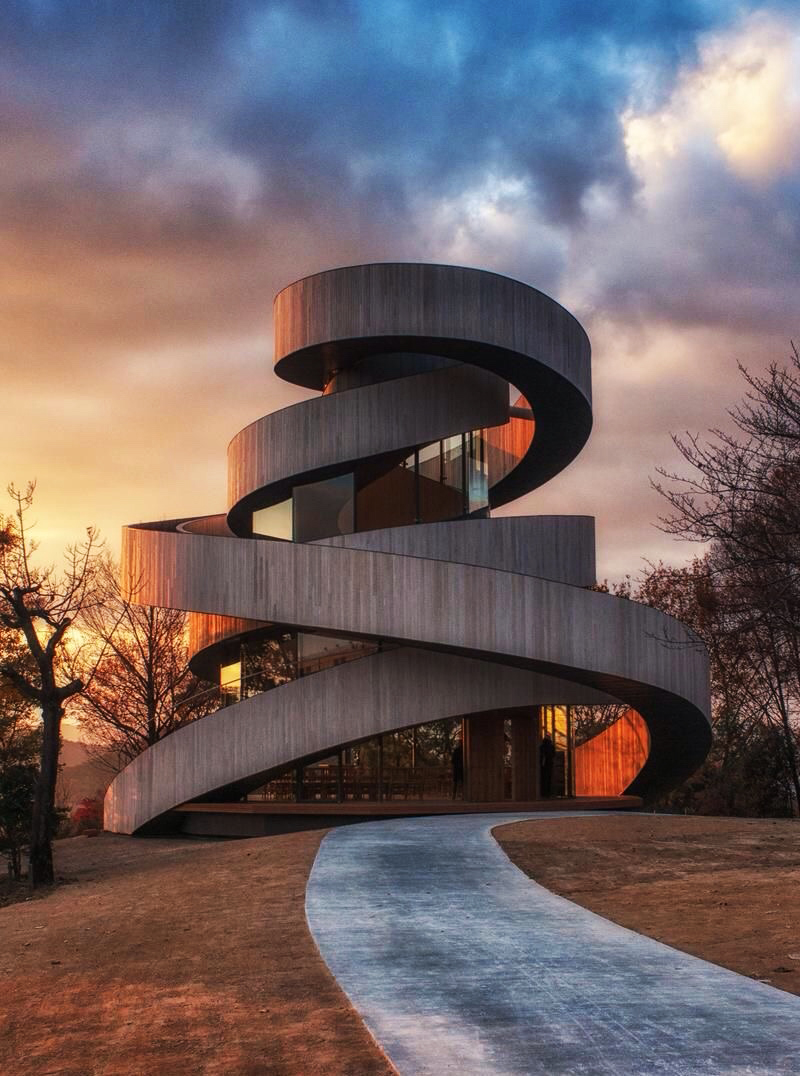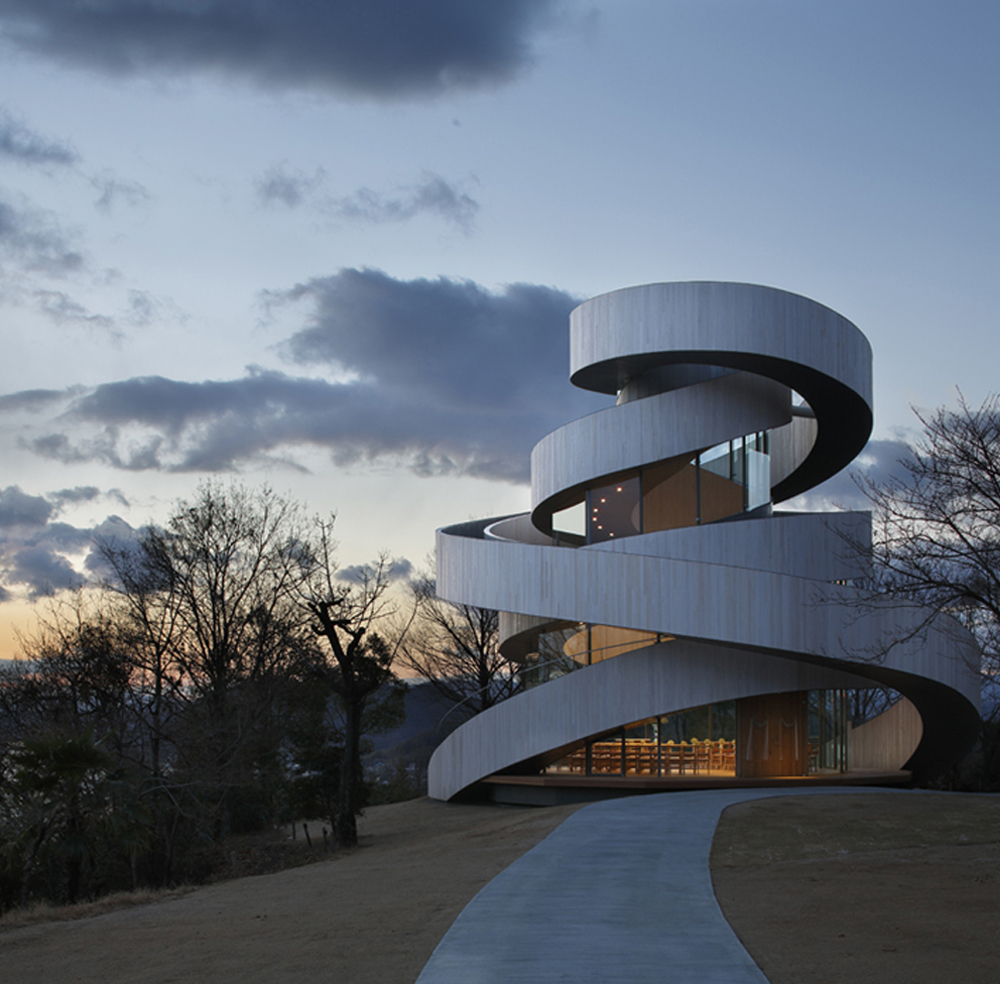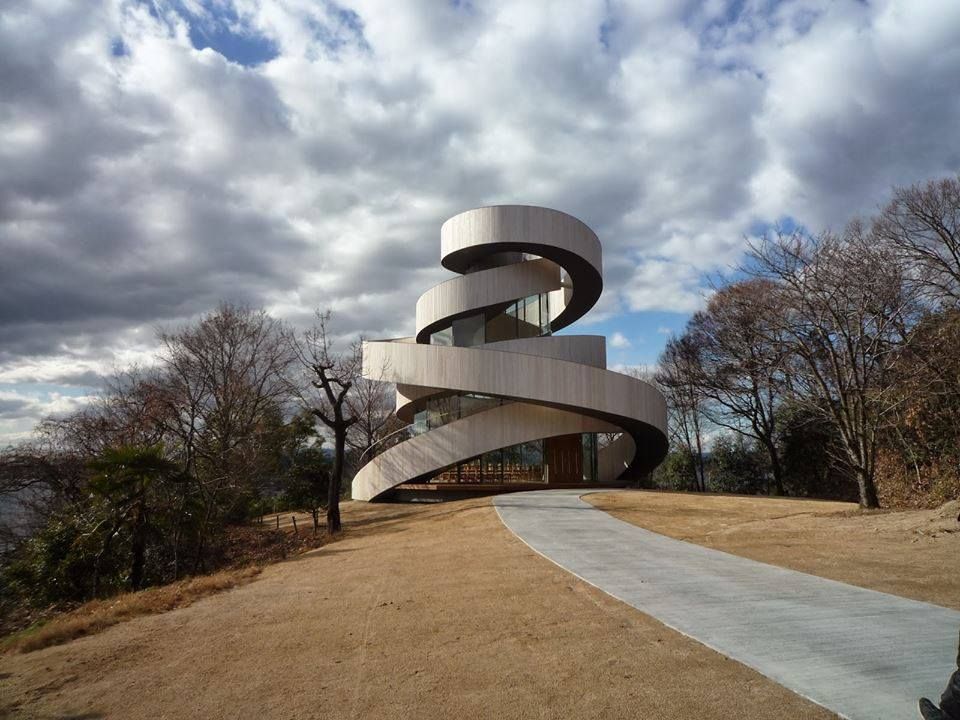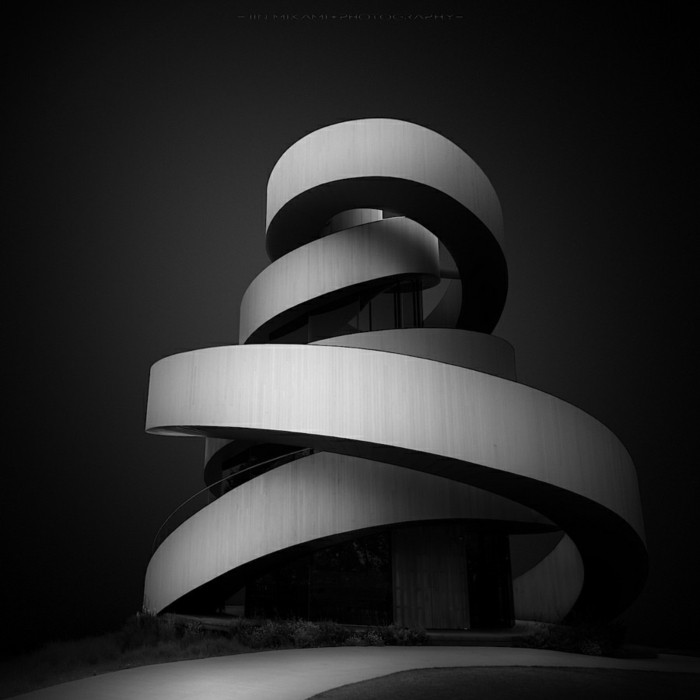Through the eyes of a burglar
Geoff Manaugh's upcoming book A Burglar's Guide to the City sounds great:
Encompassing nearly 2,000 years of heists and tunnel jobs, break-ins and escapes, A Burglar's Guide to the City offers an unexpected blueprint to the criminal possibilities in the world all around us. You'll never see the city the same way again.
At the core of A Burglar's Guide to the City is an unexpected and thrilling insight: how any building transforms when seen through the eyes of someone hoping to break into it. Studying architecture the way a burglar would, Geoff Manaugh takes readers through walls, down elevator shafts, into panic rooms, up to the buried vaults of banks, and out across the rooftops of an unsuspecting city.
With the help of FBI Special Agents, reformed bank robbers, private security consultants, the L.A.P.D. Air Support Division, and architects past and present, the book dissects the built environment from both sides of the law. Whether picking padlocks or climbing the walls of high-rise apartments, finding gaps in a museum's surveillance routine or discussing home invasions in ancient Rome, A Burglar's Guide to the City has the tools, the tales, and the x-ray vision you need to see architecture as nothing more than an obstacle that can be outwitted and undercut.
Full of real-life heists-both spectacular and absurd-A Burglar's Guide to the City ensures readers will never enter a bank again without imagining how to loot the vault or walk down the street without planning the perfect getaway.
The book streets April 5, 2016.
The ghost of Long John Silver
Sarah Baird writes of the visual dissonance of seeing new businesses moving into old fast food restaurant spaces in New Orleans.
Lately I’ve been seeking out these puzzles in architectural form throughout New Orleans, where I live, and where numerous new, often independent businesses are popping up inside the shells of old fast food chains. Each time I enter a car rental office, a new Chinese restaurant, or a pharmacy that used to be a fast food restaurant, I find myself unable to shake its familiar ambiance no matter how different the new business may be. Just like I struggled to say ‘yellow’ when a word was written in orange, I stand inside a Taco Bell-turned-Enterprise longing to order a crunch wrap supreme instead of negotiate the price of my economy sedan. It’s cognitive dissonance at its finest.
This deeply rooted attachment to the form and function of fast food chains is, of course, no accident. These companies were early adopters of architectural branding — the process of creating easily recognizable, distinctive buildings that reflect a brand’s “personality” and attract customers through a variety of spatial and lighting techniques. The brick and mortar stylings of drive-thru restaurants — from the golden arches on McDonald’s to the chuckwagon shape of the first Roy Roger’s — are seared not only into our personal memories, but the collective public consciousness.
Once a Taco Bell, now “the city's premiere Korean restaurant”
I experience similar momentary cognitive dissonance when I see a blog that has borrowed a more famous blog's well-known template, something especially common with Tumblr and Wordpress.
Batman: Death by Design
A Batman graphic novel reviewed in The New York Review of Books? Yes, when it's by acclaimed dust-jacked designer Chip Kidd and artist Dave Taylor.
Martin Filler writes a review which had me clicking the buy button on Batman: Death by Design as soon as I finished the last sentence. The book features a character named Kem Roomhaus ("an affected, narcissistic creep, but he's also a genius" is how none other than Batman describes him) who is a not-so-veiled riff on controversial architect Rem Koolhaas. In the eyes of Filler, "the megalomaniacal Dutchman drawn by Taylor bears less of a resemblance to the Nosferatu lookalike Koolhaas than to a somewhat chubbier Daniel Libeskind (minus his industrial-strength eyeglass frames.)".
Filler does such a good job decoding all the historical inspirations for characters and places in the book that the first comment on the review is from Chip Kidd himself (or at least I presume it's him, who knows):
Wow, Mr. Fller. I am truly humbled. You totally got everything, the first reviewer to do so. Thank you so, so much. Chip K
W57
My only exposure to architecture tends to be the occasional profile in the New Yorker. So it was with their recent profile of Bjarke Ingels.
I was struck by an image in the magazine of Ingels' proposed condo complex on West 57th St. in New York City, in Hell's Kitchen.
Computer rendering of the proposed W57 Tower in NYC
Here's another computer rendering which was published by New York Magazine.
The curvature of the building is designed to provide maximum sunlight to as many of the apartments as possible.
I'm not sure the neighborhood will approve a structure like that dropping in on the neighborhood, but that is gorgeous to my eye, like something straight out of Blade Runner.




